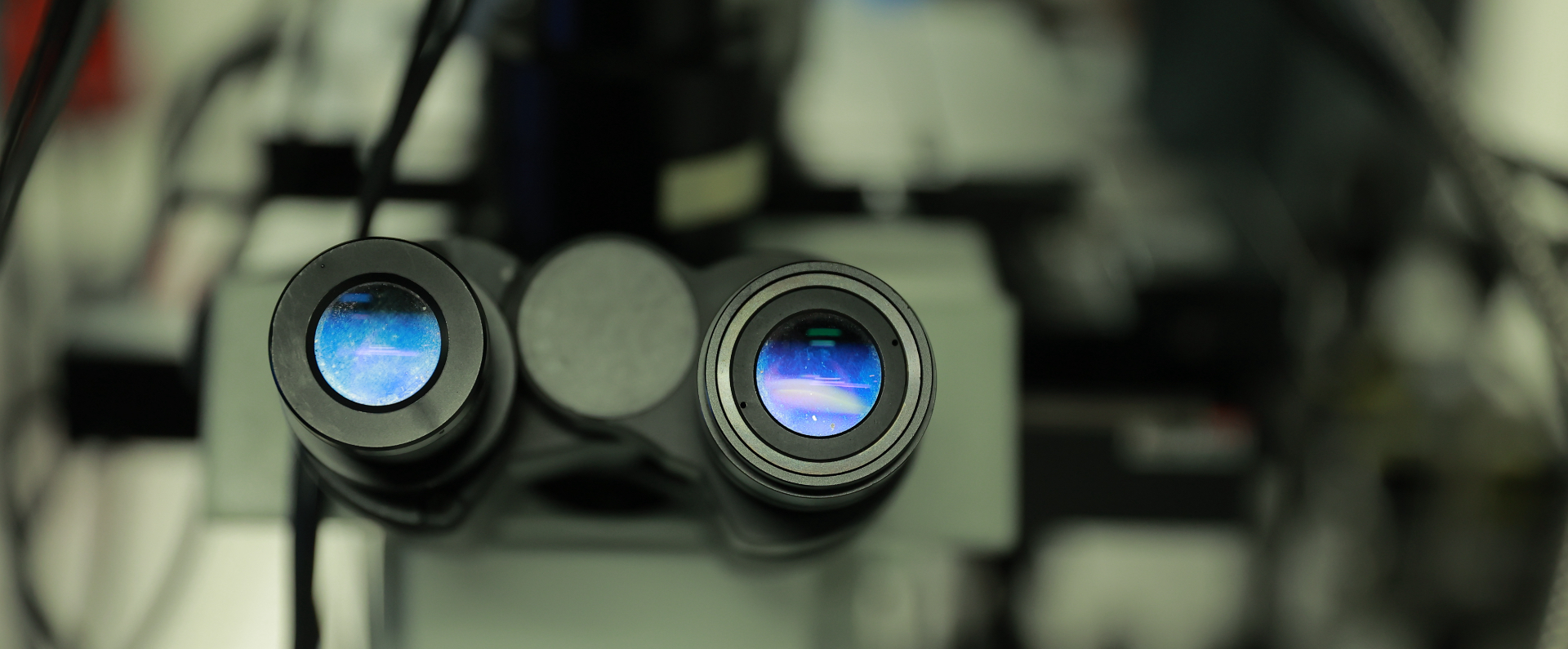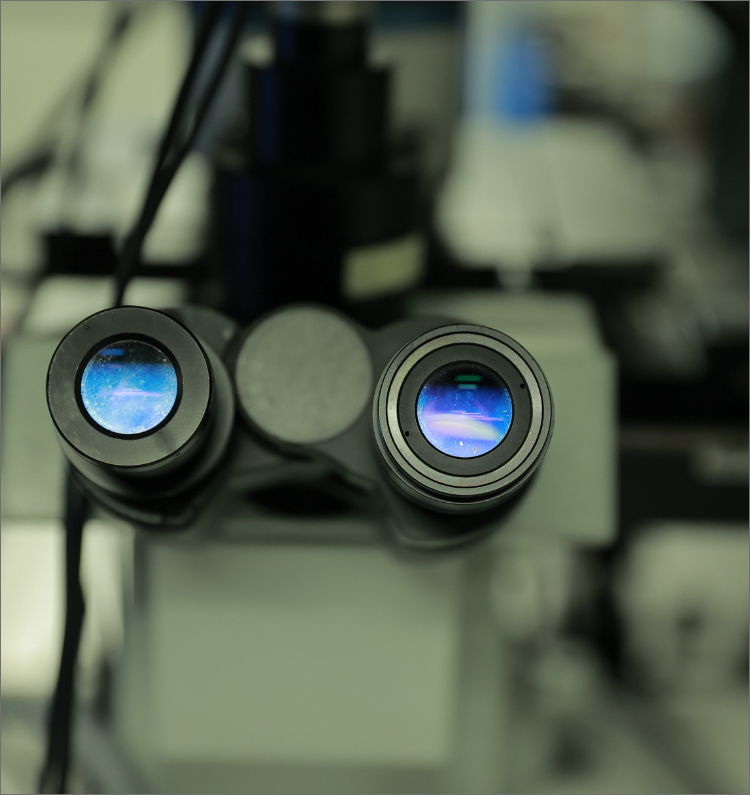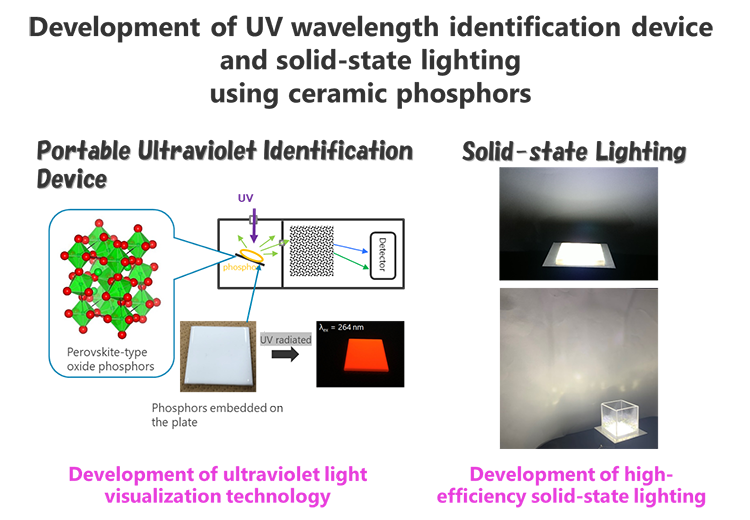People
Development of UV wavelength identification device and solid-state lighting using ceramic phosphors
OISHI Masatsugu[Associate Professor]
Division of Fundamental Photonics (Joint Faculty)
April 1995-May 1999 Tohoku University, School of Engineering (Bachelor).
April 1999-March 2002 Tohoku University, Graduate School of Engineering,
Department of Mechanical Engineering and Intelligent System (Master)
October 2005 –September 2008 Tohoku University, Graduate School of Engineering,
Department of Mechanical Engineering and Intelligent System (Dr. Eng.)
April 2002-September 2008 Yamaha Motor Co., Ltd.
January 2009-March 2010 Toyota Motor Corporation
July 2010- April 2012 Kyoto University, Office of Society Academia Collaboration for Innovation, Assistant Professor
May 2012-Apri 2015 Kyoto University, Graduate School of Engineering, Senior Lecturer
May 2015-March 2016 Kyoto University, Office of Society Academia Collaboration for Innovation,
Associate Professor
April 2016-Present Tokushima University, Graduate School of Technology, Industrial and
Social Sciences, Associate Professor
- Medical Photonics
- Visible
- Infrared
- Terahertz
- Deep ultraviolet
- Information Technology
- Medical
- Inspection
- Light source / Sensing
- etc.
- Inorganic solid-state phosphors
- UV wavelength detectors
- UV-visible cameras
- mechanical
- chemical
- optical
Research Interests
Researches on the environmentally friendly-energy conversion devices which achieves high-efficiency energy conversion such as fuel cells, storage batteries and solid-state lightings, with the goal of contributing to the global environmental problems.
One of the effective uses of ultraviolet rays (UV) is the disinfection of germs and surfaces by deep ultraviolet irradiation. UV with wavelengths below 280 nm (UVC), especially those around 265 nm, act directly on DNA of bacteria and viruses. Therefore, a technique to identify and visualize only the wavelengths corresponding to UVCs is desired. We have been working on the development of a UV wavelength visualization device using the new inorganic solid-state phosphor material. We also aim to develop a color UV camera using this technology. Our research aims at the social implementation of UV wavelength visualization technology using ceramic phosphors by conducting research and development through the fusion of mechanical engineering, material chemistry, and optics.




